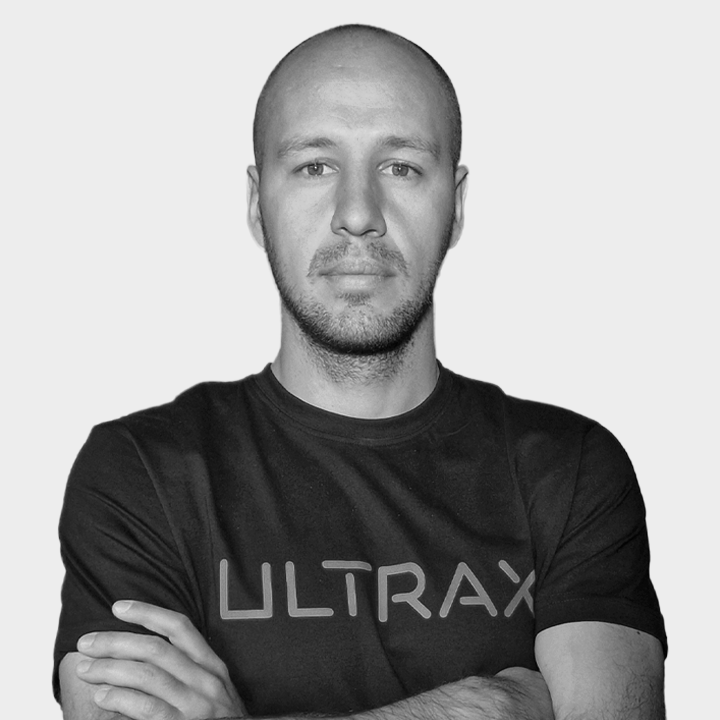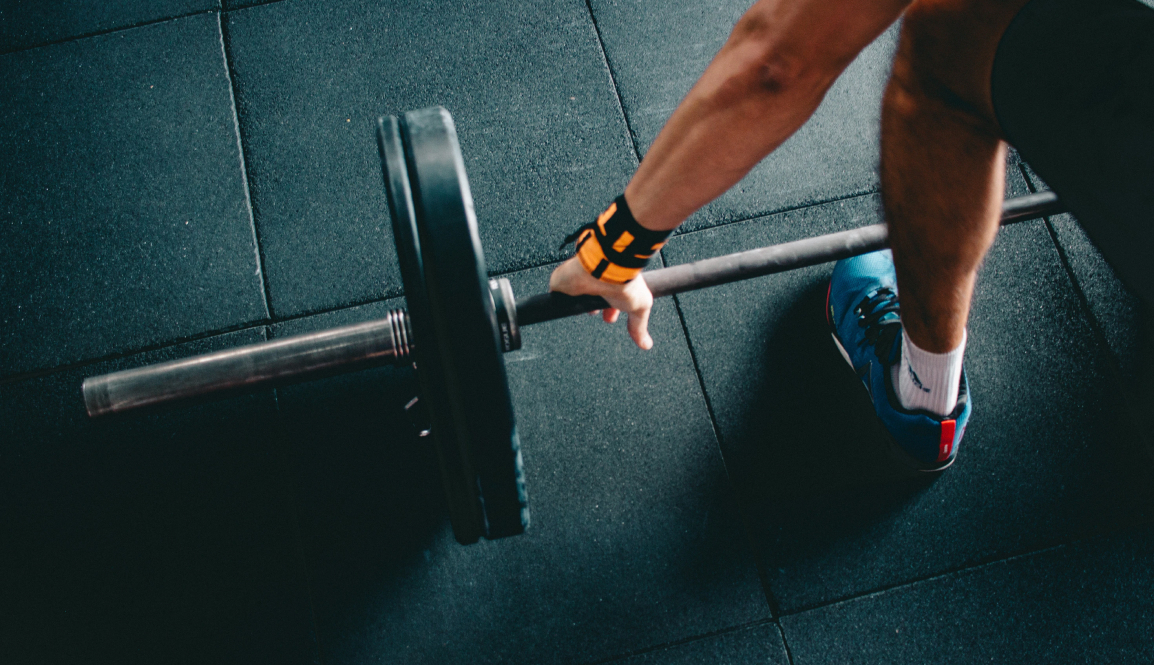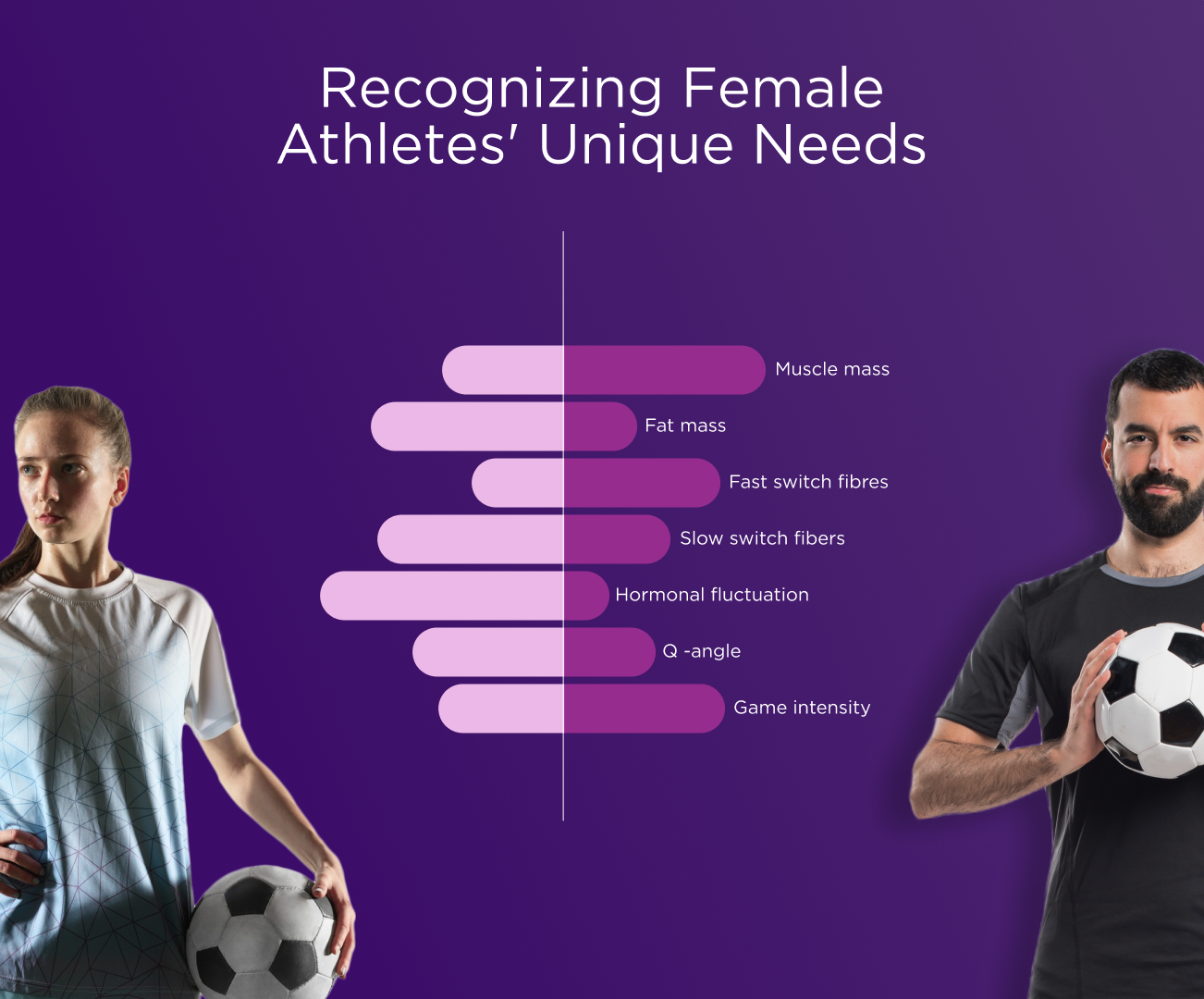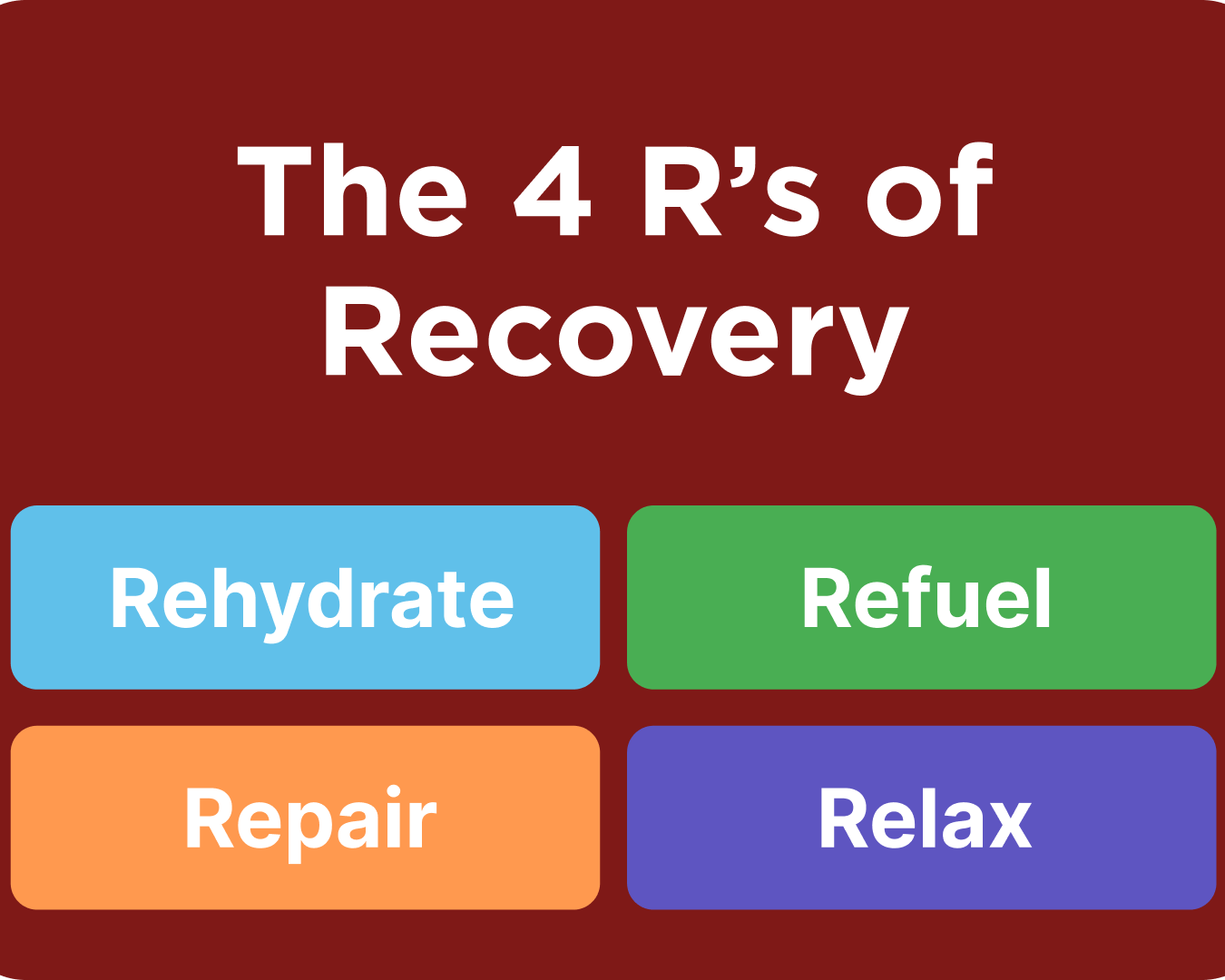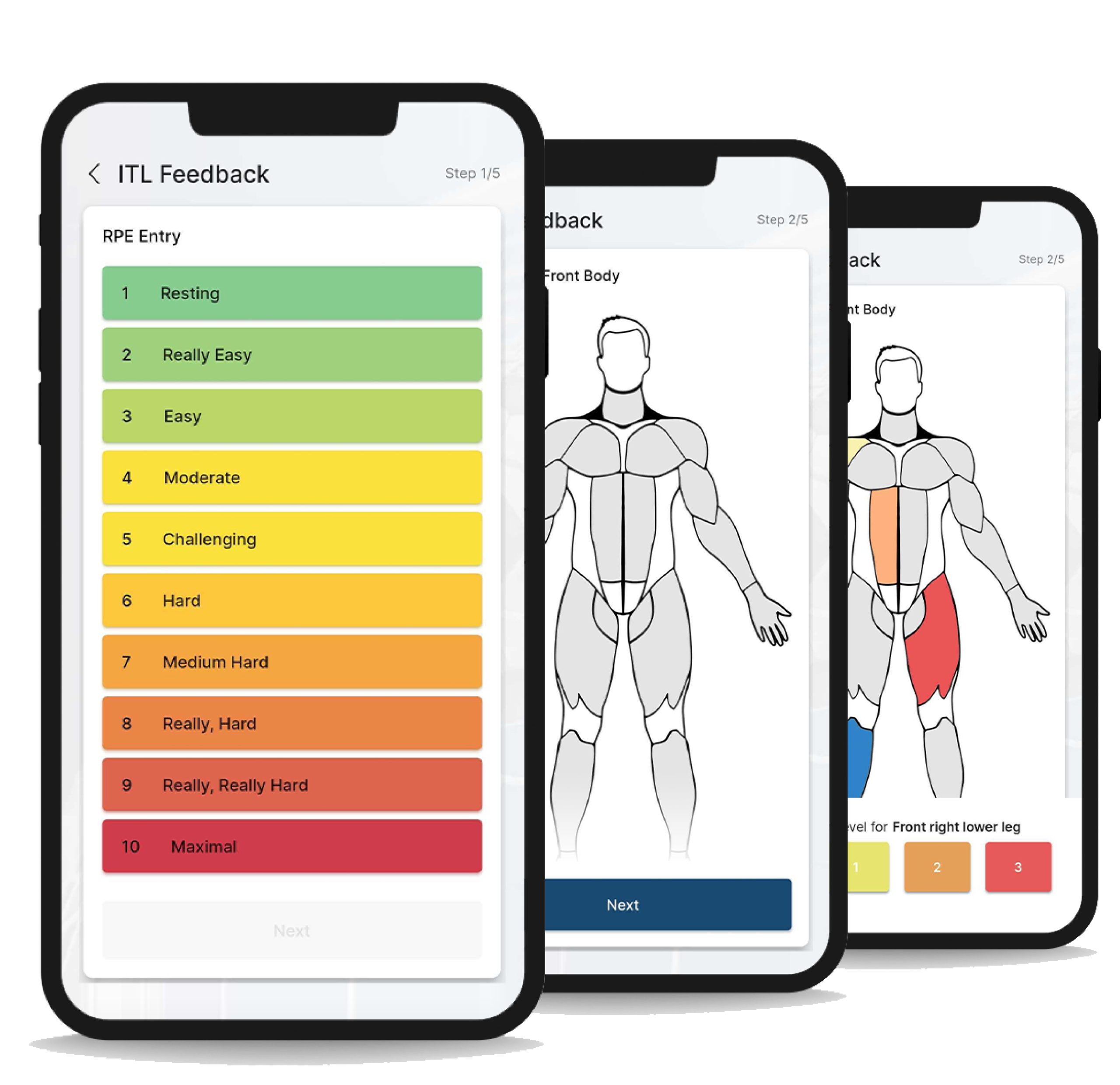What is strength and conditioning and what do strength and conditioning coaches do?
We have been called many names through our development and through the rise in the sports industry. Personal trainer, physical coach, fitness coach, performance coach and many other names, but basically the title that brings it all together and the one that stood out the most is strength and conditioning. If you are an S&C coach and you have trouble explaining to people what is S&C and what you do, just tell them the most simple and accurate definition there is. The real core definition of strength and conditioning is that your job is to make your athletes strong, fast, explosive and durable. By doing your job well, you will also make your athletes healthy and injury free.
6 important tasks of a strength and conditioning coach
- Develop the morphological, neuro-muscular and energy capacities of players (Bompa and Haff, 2009; Gamble, 2013, Jukic et al., 2018)
- Ensure the availability of players through prevention and reduction of the number and severity of sports injuries
- Postpone fatigue reactions in training and competition
- Enhance the recovery process during and between training and competition (Calleja-Gonzalez, 2017)
- Know and understand how to use technology – data in diagnostics and load monitoring
- Provide the physical conditions for optimal technical performance and decision-making in the sports field (Jukic et al., 2019).
The real core definition of strength and conditioning is that your job is to make your athletes strong, fast, explosive and durable, period. By doing your job you will also make your athletes healthy and injury free.
Important skills for an S&C coach?
Communication – You are outside on the pitch or in the gym working with athletes and you will have to talk and more importantly, listen a lot. Of course, you have to have extensive knowledge of exercise/sport/movement science, but in my experience, you cannot express all your knowledge if you are not a good communicator, and if you don’t have a good relationship with your athletes or clients. In the team environment as an S&C coach, you will also have to work with staff members of various positions, like the Head coach, assistant coach, goalkeeper coach, physios, doctors, and nutritionists.
Adaptability – some would say it simply, „be water“. The job is very much alive, and planning is good and important, but everything can change in a matter of seconds, be ready to adapt and don’t be surprised, it’s part of the job. You will plan a training session for 20 players but for some reason, three players will be unavailable, you will have to improvise right there at that moment and make the training work. With experience, you will get better at that.
Professionalism – build your authority with your knowledge and professionalism. Be the first on the job. Arrive, be present, persist and show your athletes you are here for them, make your presence known. This is the meaning of having the energy for this job, being loud or yelling is not energy.
Be Calm – there will be a lot of moments where things will not go as you plan, work on yourself and stay calm, with time, the people you work with will respect you for that. Especially if you are working in a team environment and you are not the boss, we have to know that and we have to respect the head coach. Our job is to show and tell our opinion and what is best for the athlete or the whole team, but the head coach has the last word.
Invest in yourself – learning is a lifelong process, don’t stop learning and asking questions from other colleagues no matter the experience you have. You will always learn something new.
Load monitoring, periodization and technology
The main part and goal of your job is improving athletes’ performance and reducing injuries, very simple, right? We are living in 2023 now, and the S&C coach now and the S&C from 20 or 30 years ago are not the same. Your job today is not only on the pitch or in the gym. We have evolved in our role and in the diversity of things we do as part of our job. Today you will have to plan the training week and the training load with as many variables as you can. The time when we were doing a training plan based on our „feeling“ are over.
S&C coach today is responsible for periodization, which means you will have to decide on which days in the week we have to go easy on our team, or the days we have to go hard. Your suggestions will go into the smallest details as how many kilometers in that day or the whole week your athletes should run, how many sprints, how many accelerations or deceleration they should do and many more variables that GPS/UWB technology are providing us. You will have to monitor their external load, and also internal load with heart rate monitoring or different questionnaires in which athletes are telling you how hard the training session was for them.
Technologies are here to help us make the right decisions at the right moment for every one of our athletes individually. It is our responsibility to understand how they work so we could interpret the data in the simplest way and communicate the results of the data to our staff and athletes with the goal to make them stronger, faster, and more durable.

In this infographic, you will see how one day in the busy life of a strength and conditioning coach can look like a 24-hour time lap. The example comes from my experience with the football team from the first division in Croatia. It was a winter preseason, and we had a big coaching staff with a head coach, two assistant coaches, a goalkeeper coach, two strength and conditioning coaches, a rehabilitation coach and a medical team including a doctor and two physiotherapists. I wanted to give you an example of how complex it could be at the top level. Your energy levels will come to a test (you have to be endurable) and communication along with organization are very important when you have three trainings per day plus the preparation and analysis of every training. All this in a busy schedule like this with a big coaching staff and with 25 players.
Take home message
Your job as an S&C coach is to make athletes stronger, faster, more explosive and more durable. By doing so you will also make them healthier and injury free. Be professional, stay calm and always communicate with the people you are working with. Arrive, be present, and persist! Be like water, make adjustments, and don’t be surprised when things change. Be ready for that, gather experience and you will be able to improvise without any problems.
Knowledge is key, don’t stop learning.
A big part of your job is technology. Study them, read them, make the experience and become an expert in using technologies in sports and an expert in interpreting complex data in the simplest way you can.
References:
- Friedman, A. (2021) Top 6 qualities of a successful strength and conditioning coach, University of Denver. University of Denver. Available at: https://www.du.edu/sport-sense/news/top-6-qualities-successful-strength-and-conditioning-coach
- What does a strength and conditioning coach do? (no date) ISSA. Available at: https://www.issaonline.com/blog/post/what-does-a-strength-and-conditioning-coach-do
- What do strength and conditioning coaches do, and how can you get a job in the S&C industry? (2021) Science for Sport. Available at: https://www.scienceforsport.com/what-do-strength-and-conditioning-coaches-do-and-how-can-you-get-a-job-in-the-sc-industry/
- Strength and conditioning (no date) Physiopedia. Available at: https://www.physio-pedia.com/Strength_and_Conditioning
- Chaplin, B. (2022) What is Strength & Conditioning?, Strength and Conditioning Education. Available at: https://strengthandconditioningeducation.com/what-is-strength-conditioning/
- STRENGTH AND CONDITIONING IN TOP-LEVEL TEAM SPORTS: AN INDIVIDUAL DISCIPLINE Igor Jukic, Luka Milanovic, Ivan Krakan, Nenad Njaradi, Julio Calleja-Gonzalez, Francesco Cuzzolin, Francesc Cos, Roberto Sassi, Bernardo Requena. 2020.
- A new model for injury prevention in team sports. Talpey and Siesma, 2017; O’Brien et al., 2019
- Components of Fatigue: Mind and Body. (Weineck, 2007; Carriker, 2017)
